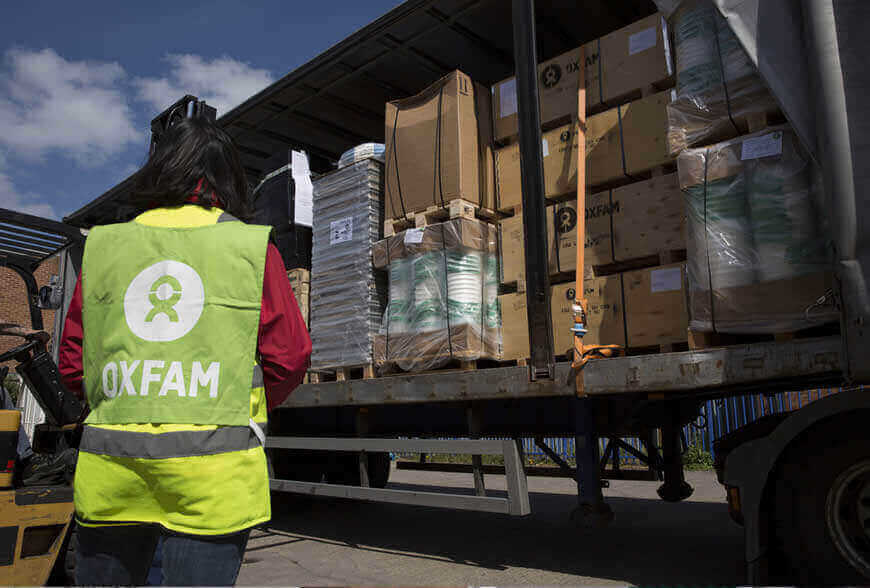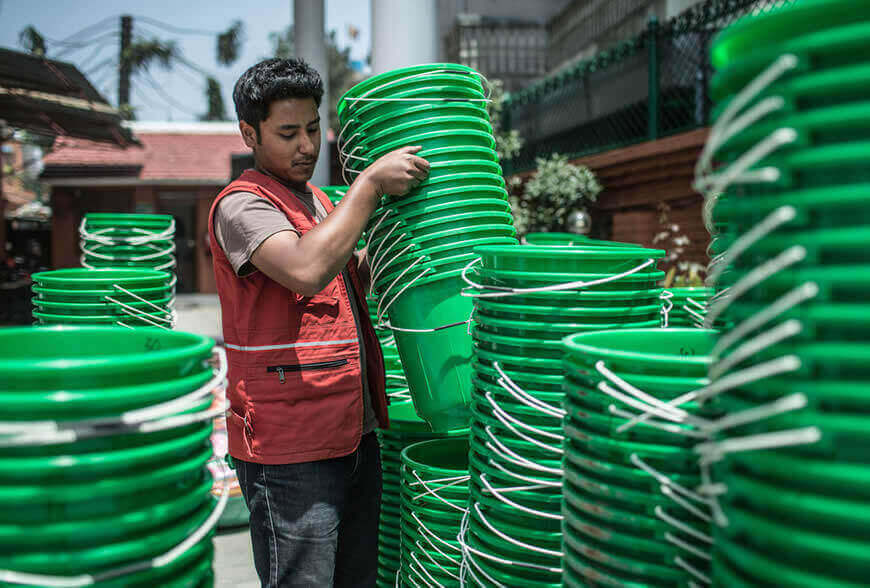3D printing is one of the high-tech initiatives explored by Oxfam for recovery efforts, a year after the devastating earthquake in Nepal.
Don’t Miss: 3D Printing Can Help in Disaster Relief Efforts, Too
In April last year, a 7.8 magnitude earthquake devastated much of Nepal. After a year of supplying aid in the form of input vouchers and hygiene kits, Oxfam is now helping to recover the Himalayan country using technology.
Looking beyond traditional methods, the charity is exploring how innovative technology can better enhance disaster relief initiatives.
Some of the methods include using 3D printers to create spare parts in remote locations, such as water pipe fittings. The charity will also be using repurposed plastic bottles as home insulation and mapping mobile apps.
To break out of routine and develop new ideas, Oxfam is working with nonprofit Field Ready. This company specializes in using 3D printing in disaster aid. They create replacement parts and medical equipment.
Oxfam hopes to integrate 3D printing into its water and sanitation programming. 3D printing will also offer more cost-efficient ways to provide aid.

Oxfam and 3D Printing Offer Efficient Sanitation
The benefit of 3D printing in this case is that, usually, just one pipe supplies water to a village. This is joined by plastic fittings to seal it.
However, if these parts aren’t available, people try to create insecure connections from tires, bamboo, and even plastic bags. This leads to loss of pressure and — sometimes — contamination. 3D printing could solve these problems. By printing reliable plastic fittings in a short amount of time, people can be saved from drinking contaminated water.
Field Ready has already demonstrated printing a water pipeline joint replacement. The 3D printer was powered by a four-wheel drive vehicle in Sindhupalchowk.
Oxfam is hoping to take the process even further. Their idea involves creating businesses which could have their own 3D printer during demanding pipe-fitting periods. If this doesn’t work, an alternative would be to give the businesses a 3D printed mold to create silicone parts. These parts can be sold at a lower price than they can be found for currently.
This 3D printing pilot should begin in early 2017. However, in the meantime, Oxfam is hoping to begin using mobile apps. This technology can integrate emergency stockpile data with information about where the most vulnerable people are.
Source: Devex
Image Source: Oxfam

License: The text of "Oxfam to Trial 3D Printing for Humanitarian Aid in Nepal" by All3DP is licensed under a Creative Commons Attribution 4.0 International License.